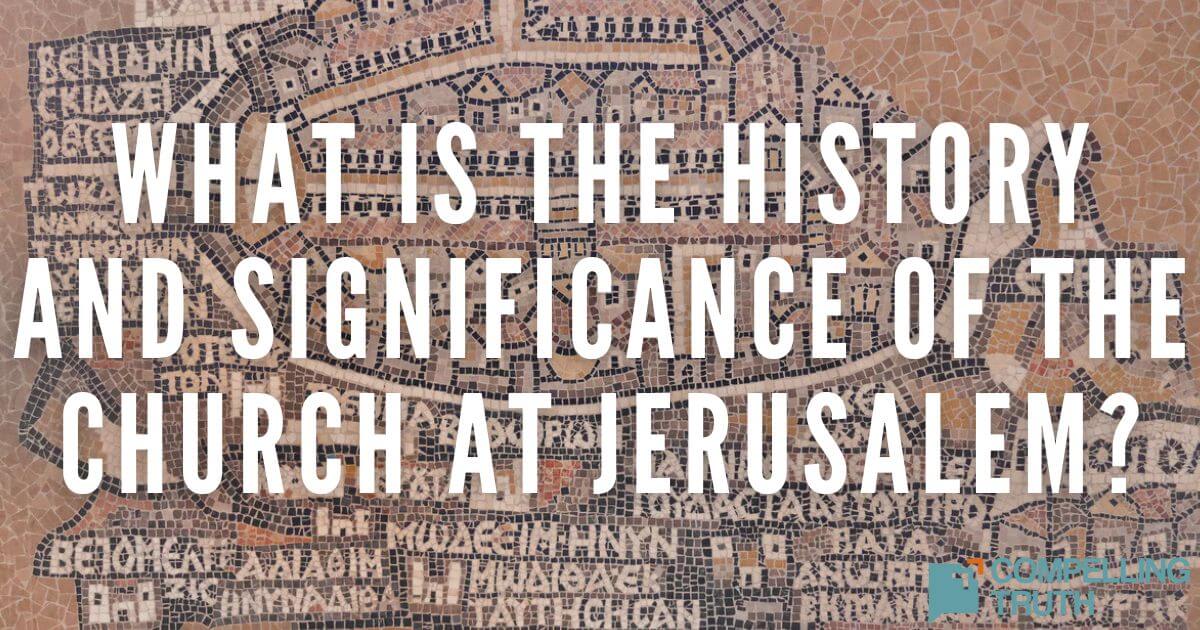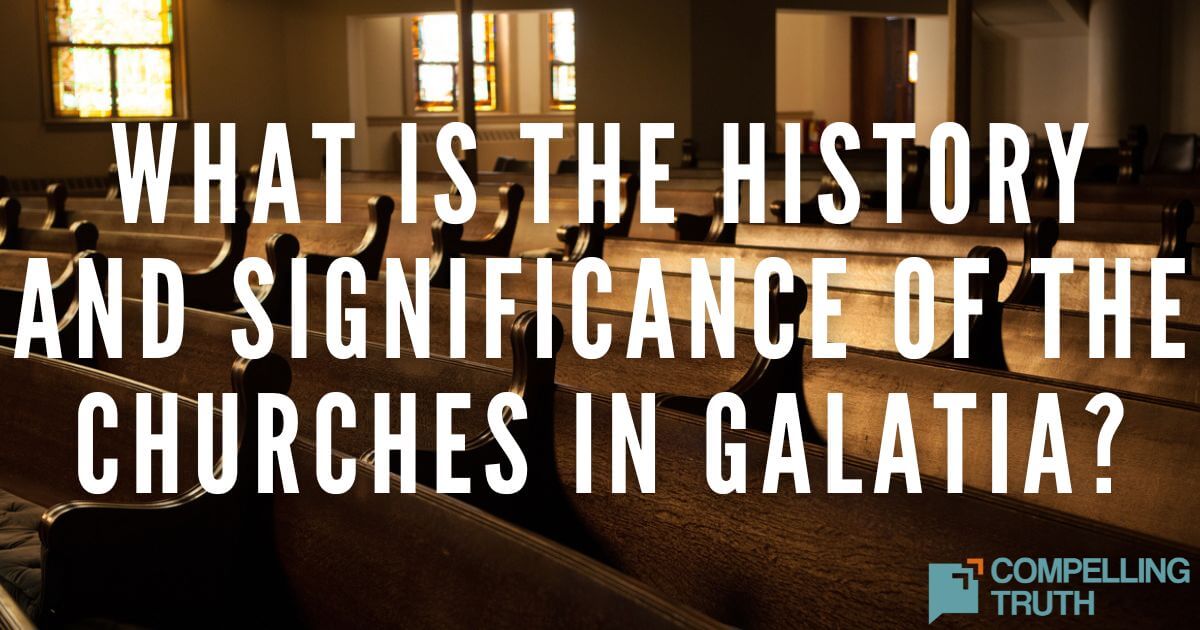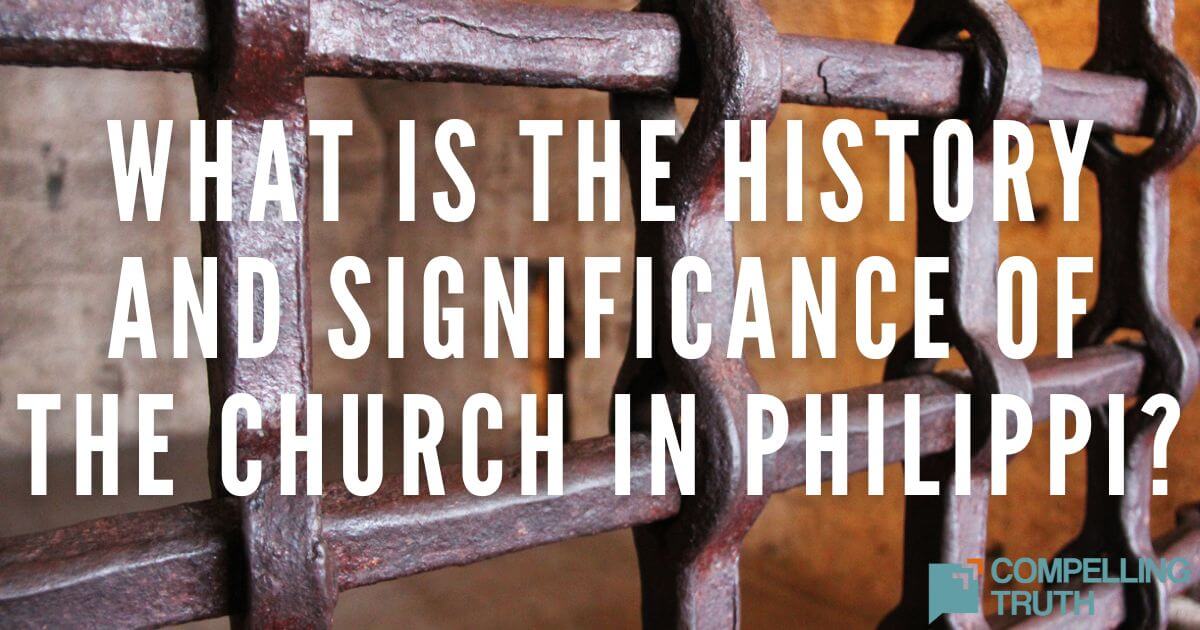what does the bible say?
Thessalonica, a bustling port city in Macedonia, was steeped in paganism and Jewish presence during the early church era. Despite opposition, Paul, Timothy, and Silas preached the gospel, facing trouble from those who opposed it. Paul's letters to the Thessalonian church address issues of living holy lives amidst a pagan culture and encouraging faithfulness and readiness for Christ's return. Christians today can draw lessons from their perseverance, standing firm in faith amid cultural challenges, supporting one another, maintaining hope in Christ's return, staying grounded in truth, and living with readiness for His coming.




